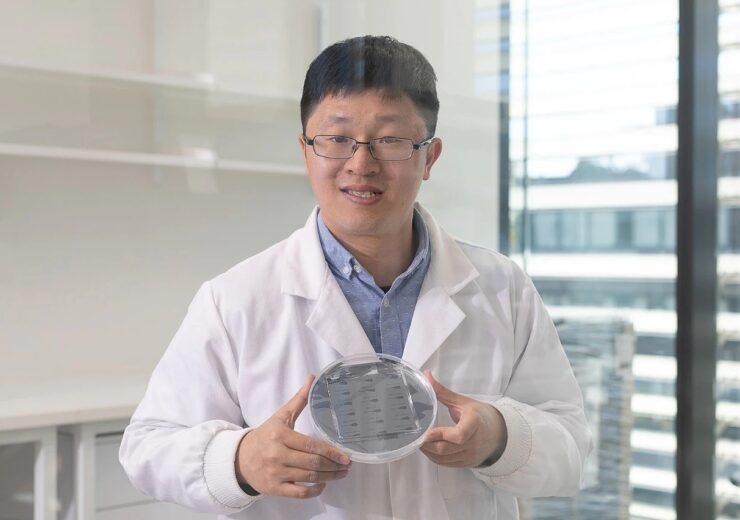The research forms part of a former long-term collaboration with the Director of Cardiovascular Research, CPC at the Heart Research Institute, Professor Shaun Jackson.

Dr Arnold Ju, University of Sydney. (Credit: The University of Sydney)
Biomedical engineer Dr Arnold Lining Ju is developing a biomedical micro-device to detect changes in the blood before a heart attack or stroke takes place.
In Australia each year, approximately 55,000 people suffer a heart attack, with a similar number suffering from stroke. Many are caused by blood clots that block the flow of blood to the heart, often in at-risk individuals without any physical warning.
However, long before a heart attack or stroke occurs, tiny changes in the blood begin taking place. Often, blood flow is disturbed, leading to blood clotting and inflammation which can block blood vessels.
Award-winning biomedical engineer Dr Arnold Lining Ju from the University of Sydney’s Nano Institute and School of Biomedical Engineering is developing a biomedical micro-device to detect these subtle platelet changes before a heart attack or stroke takes place.
Using a pin-prick test, the micro-device would take a blood sample from a person’s finger. The sample would then be analysed for platelet clotting and white cell inflammation responses, information that would be immediately processed by an external operating system.
“How this device would work is that an at-risk person, for example, someone with heart disease, would use it daily. Using a finger prick test, the device would monitor their blood and alert them to any potentially dangerous changes. If a change was detected, they would need to present for more monitoring at a hospital,” said Dr Ju, who is a group affiliate of the Heart Research Institute’s Thrombosis Group.
The research forms part of a former long-term collaboration with the Director of Cardiovascular Research, CPC at the Heart Research Institute, Professor Shaun Jackson.
Professor Jackson said: “We hope this device will shed light on why and how blood clots form, which if successful, could one day be used in a range of health scenarios.
Source: Company Press Release
